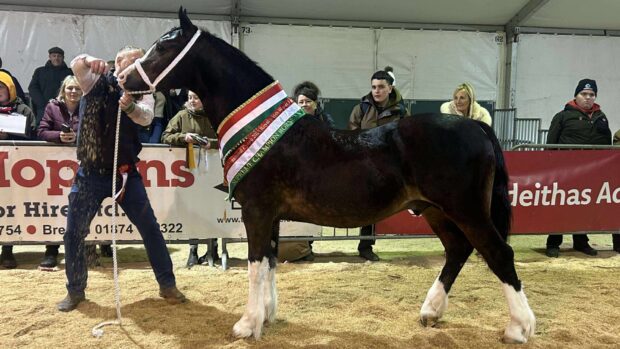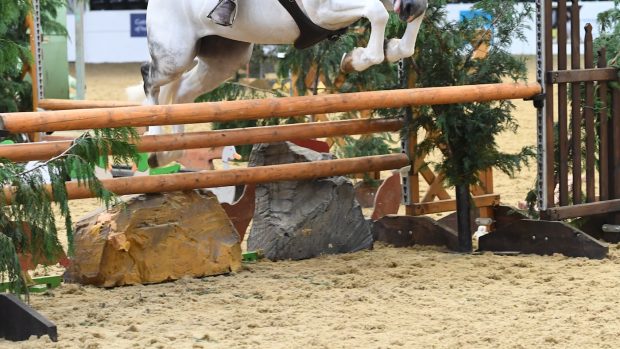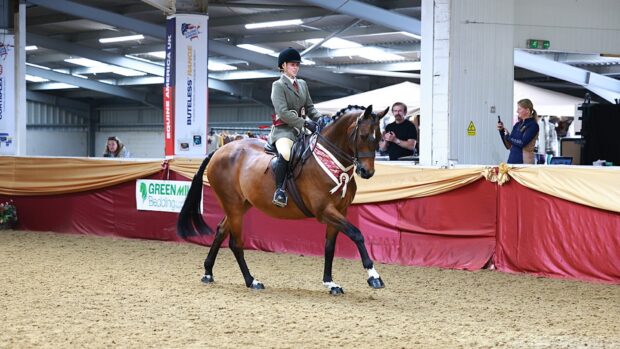Expert advice on making the most of your pony’s individual display in front of the judge
No matter where you are standing in the line-up, the individual show is your opportunity to show off your pony while you have the judge’s full attention.
If you do a fantastic show you could improve your placing, but a bad display may move you down the line. In some cases however, your placing may not change at all.
Top tips
- Unless you have been pulled in first, stay alert and watch other competitors shows, but stick to your own plan. Don’t be tempted to change your show just because those in front of you do something different.
- When planning your show, take into consideration the safety of the rest of the line up, any potential hazards at ringside, the position of the judge and the ground conditions.
- Make sure you are ready when the steward calls you out of line. Don’t start chatting to the person next to you while waiting your turn! Wake your pony up when there are one or two riders to go.
- Ensure your horse stands square in front of the judge and does not fidget – practice this at home.
- Always start your show by walking away from the judge in a straight line.
- Whatever format your show follows, you should demonstrate excellent control, fluency of transitions, and good quality of paces, plus square halts.
- Good use of the arena and safe positioning throughout are as important as the content of the show. You will not win if your pony has napped to the line-up, cantered on the wrong leg and mowed down the judge!
- To complete your show, halt either immediately in front of the judge or to the side at a distance where they can view pony and rider as a whole.
- Dropping your reins at the end of the show is fine IF your mount will remain halted and notgrab for a quick bite of grass. A smart salute is usually more effective.
- Walk back to the line up and regain your original position from behind.
An example show
The individual show for most classes will include walk, trot and canter on both reins plus a gallop, first ridden ponies are not required to gallop but should show canter on both reins, while lead reins need only walk and trot.
Most individual shows follow a simple figure of eight, in trotand canter. Galloping in the ring is only necessary for classes requiring a gallop.
- Walk away from the judge in a straight line
- Trot a large half circle before change the diagonal across the centre.
- Repeat on the other rein to complete the figure eight.
- Canter as you start the new figure eight – if you established the correct bend you should get the correct leg. Canter a large half circle and return to trot to cross the diagonal.
- Repeat on the other rein but donot change the diagonal this time.
- Gallop on at a safe distance behind the line up if required before returning to a balanced canter.
- Come smoothly back to trot and walk before halting beside the judge.
- Enjoy your show but keep it shortby being as precise as you can.



